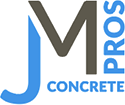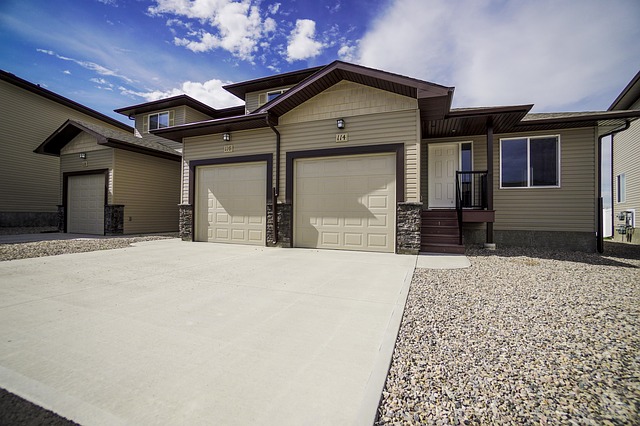
Boost Your Home’s Value and Curb Appeal with Decorative Concrete
The elements of a home’s exterior – all the components that make up its curb appeal – offer homeowners their best and sometimes the only chance to make the best impression on people visiting or viewing their property. Like most things in life, people, even if they like to deny it, instinctively judge a book by its cover or a home by its appearance.
What people initially encounter when they look at your home frames their expectations. In spite of what they see subsequently, their perception of your property will always be colored by that first impression. This is why a carefully planned approach to improving your home’s curb appeal should be a major part of your efforts to boost the property’s value, says SGI Management in Phoenix.
When considering projects for your home’s exterior, every aspect counts, from your fencing to the landscaping, roofing, and exterior colors. However, while giving attention to these popular parts of the exterior, one area should not be overlooked. All too often, driveways, walkways, and paved surfaces around the home are treated cursorily during upgrades.
Previously, there may have been good reasons to do this; paved surfaces outside the home existed primarily to provide a durable surface for traffic. As a result, one type of paved surface was almost as good as another, as far as their aesthetics was concerned. But today, with the availability of decorative concrete as a paving option, this is no longer the case.
What is decorative concrete?
Most homeowners recognize concrete as the versatile material that many parts of their home are made of. They are familiar with its use in driveways and are well-acquainted with its toughness. But few homeowners know a lot about concrete beyond its use as a utilitarian building material. However, there is a lot more to concrete than its durability.
Decorative concrete is a type of concrete created by applying a range of materials or procedures to concrete during the pouring or curing process. These materials or methods include stamping, acid staining, and dyeing, among others. The result is a highly ornamental product that retains its durability but is also very effective as an aesthetic enhancement for various areas of the home.
Decorative concrete gives homeowners more options for improving the visual appeal of their homes especially if they are planning on renting, selling, or just renovating their property. The material is exactly suited for use in outdoor areas because, despite its striking appearance,
Reasons why you should be using decorative concrete
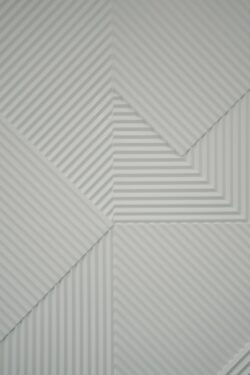
An array of designs
There is almost no end to how decorative concrete can be designed. It comes in diverse colors, patterns, and textures. It can be smooth to the touch or stenciled and engraved. It can mimic the look of wood, stone, or other materials. It is available in a wide range of stained, tinted, and marbled designs.
2. Cost
The cost of decorative concrete compares favorably to the cost of wood or tile. Even though it delivers the same aesthetic effect as marble or slate, it’s far cheaper than these two materials. Additionally, the longevity and low maintenance cost of decorative concrete mean homeowners will not be spending money on it after installation.
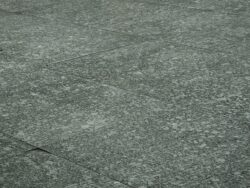
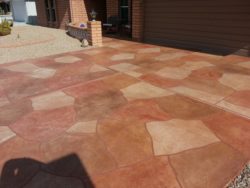
3. Extremely Versatility
Decorative concrete retains the versatility of its more utilitarian cousin Just like ordinary concrete, decorative concrete can be adapted for use in any part of the home’s exterior.
Some of the places where decorative concrete can make a massive difference:
- Walkways and driveways: A stamped concrete walkway and driveway are one of the best ways to instantly boost curb appeal.
- Porches and entryways: Using decorative concrete for the porch and front entryway makes a memorable impression on people visiting the home.
- Backyard patio: Decorative concrete will inject vibrancy into the backyard by introducing eye-catching colors and unusual textures to this area.
- Pool deck: Other than its beauty, one of the best reasons to use decorative concrete around the pool is its water- and slip-resistant abilities.
- Retaining walls: Decorative concrete is a cost-effective option for building retaining walls for your home’s landscaping
- Garbage enclosures: Decorative concrete is great for disguising garbage collection areas and they will last a very long time.
4. Damage resistance
Using decorative concrete in areas that are subject to a lot of abuse – high-traffic areas – will benefit homeowners’ pockets. There is no fear that the surface will need replacing soon. Decorative concrete surfaces will bear very heavy loads without buckling. In spite of their fancy appearance, they will not scratch or chip easily.5. Ease of maintenance
This is one of the best reasons to use decorative concrete; they don’t have a tedious maintenance routine. All you need to maintain decorative concrete is to mop them with water. If the area is really dirty, you may add some soap to the water or simply power-wash the surface.
In Summary
decorative concrete is easily the only material that will take all the rough treatment you can hand out, without diminishing the appeal and value it adds to your property’s exterior areas.
Get in touch with Jorge and the team at JM Concrete Pros to discuss your concrete project in more detail today!